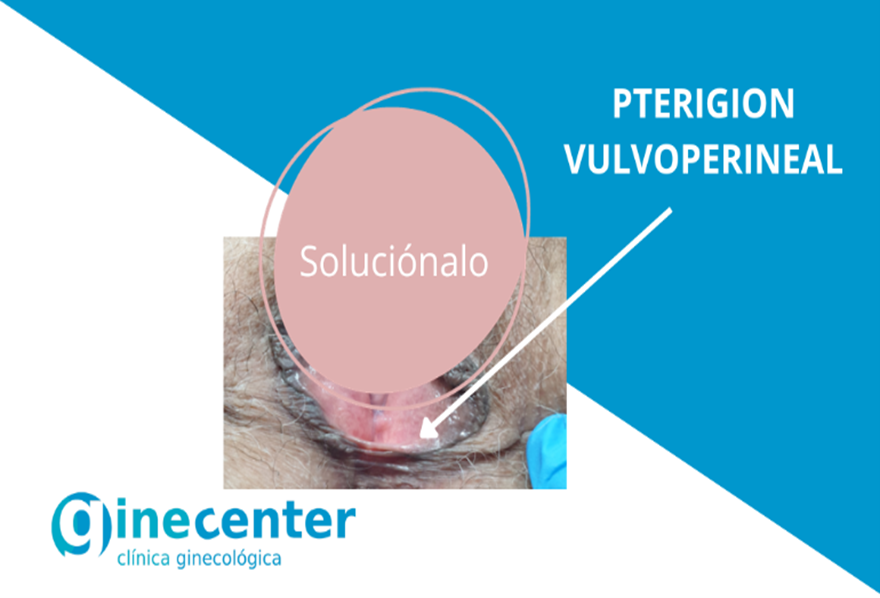What is Vulvodynia?
Vulvodynia is a fairly common condition in women characterised by discomfort or chronic pain in the area around the opening of the vagina (vulva).
Generally defined as vulvar discomfort, it is a health issue that has no identifiable cause and manifests itself as a burning pain which causes such a level of discomfort that sitting for long periods of time becomes impossible. It seriously impacts on the quality of life and sexual relations of millions of women.
Vulvodynia is not a sexually transmitted infection or disease and can be caused because of several different reasons, including injury or irritation of the nerves surrounding the vulva, previous vaginal infections, allergies or sensitive skin, hormonal changes, muscle spasms and weakening of the pelvic floor, among others.
It is very difficult to achieve a 100% cure rate. In general terms, improvements are usually seen in 70% of women and it is necessary for the condition to be treated by a medical team, as the aetiology to this day remains pretty much unknown.
Vulvodynia is diagnosed through a thorough assessment of pain history, sexual history, clinical situation, as well as a physical examination.
The gynaecological laser helps to restore the length of the pelvic muscles and tissues, and localised therapy is usually included as part of the medical treatment.
If you feel pain in the genital area, it may be due to any of the following causes:
- Vulvar lichen sclerosus
Can affect the vulva at any age. It causes persistent vulvar pain, stenosis, atrophy, and superficial ulcerative lesions. It usually manifests itself as vaginitis with erosion of the vestibule (opening of the vagina). The mucosa of all or part of the vagina may present an acute inflammatory process, accompanied by an itching and burning sensation. - Dermatitis
Can generally be caused due to an allergic reaction or irritant. The symptoms of this type of vulvovaginitis quite often include itching and varying degrees of inflammation, pain and burning sensations. - Vulvodinia disestésica
Usually occurs in older women causing a burning sensation that may extend from the vaginal introitus to the labia majora and, in some cases, to the inner thighs and anus. - Vaginismus
An involuntary spasm and contraction of the muscles surrounding the outer third of the vagina. Patients suffering from vulvodynia often have vaginismus associated with it, although it is necessary to differentiate between the two.


